|
Interview by Juanita Canzoneri Deb Hager joined Commonwheel about the same time as the floods hit Manitou Springs in 2013. She had been in Green Horse Gallery in Manitou Springs prior to applying to the co-op. As a child Deb was always playing in the dirt around her home. The neighborhood of Penn Hills outside Pittsburgh, PA was under construction so there were dirt piles everywhere. “I had the most gracious mom. I’d be out playing in the dirt, making swimming pools for my Barbies. And when it was time to come in for lunch, she’d just hose us off, we’d eat lunch, and then we’d go back out to the dirt piles.” Deb attended Indiana University in Pennsylvania as an art major. Her passions were for drawing and painting. When she had to take a 3-D class she took a clay class and wasn’t very happy about it. “I kept practicing and practicing, and I was the worst one in my class,” Deb says. “Everyone else was centering (their wheel-thrown pots), but me.” One day she was so frustrated with her progress the professor found her crying in her clay. He was able to show her where she had been getting stuck and, with that guidance, she just took off. “Because it didn’t come easy to me, because I had to work so hard at it” she says, “I kind of fell in love with it.” Once she learned wheel throwing, she became mesmerized by the whole process. “You have this nothing lump and then you make this something that people are using.” Deb’s husband, Denver, was in the military and wherever they were stationed she would teach classes in ceramic shops and teach art lessons just to keep her hand in it. When they moved to Colorado in 1995, she became a wheel-throwing potter at Van Briggle. That’s where she began developing her own style of work. Until then her pots were plain and undecorated. In 2007 their youngest child was a senior in high school. Denver mentioned to Deb that she had money from the military to use to go back to school herself. While looking for schools she attended the National Council on Education for the Ceramic Arts (NCECA) convention for the first time. At that convention she fell in love with soda firing and knew at that point she needed leave Van Briggle and go back to school. While she was training her replacement at Van Briggle, she learned about the ceramic program at Colorado State University in Pueblo. One of the courses of study they teach is soda fired ceramics. So that was where she decided to go. But her fear of the computer hindered her from enrolling. So, Denver called the college and had one of the professors talk her through the enrollment process. Denver then helped her with her military paperwork and financial forms while her children taught Deb basic computer skills. So just getting her into college was a family affair. And they did it all in less than 6 months. “It was one of the greatest gifts of my life. It did things for me that I would never have believed It could do for me.” While working with the other students she realized what she wanted to do was draw and paint on her pots. She enjoyed drawing and painting for years and wanted to add that to her pottery. And she noticed another student scratching into his pots, and she added sgrafitto (incised or scratched lines) to her designs. One of Deb’s long-standing designs is her dragonfly pottery. She adds the dragonflies, always in pairs, to the raw pottery pieces before they are bisque fired using black underglaze and a bamboo brush. She has the design down to 7 strokes per dragonfly—the 4 wings, the body, and the 2 eyes. She hasn’t varied her technique because it takes her back to her early love of calligraphy. Once the piece is bisque fired, she puts a wax resist on the dragonflies and glazes the piece. In the final firing the wax resist burns off and the dragonfly texture stands in contrast to the gloss of the glazed surface. Deb makes her own glazes and enjoys the excitement and mystery of mixing the tactile ingredients that will become colors and textures on her finished work. “There are so many talented potters in this area. I realized I needed to make glazes that are different from everyone else’s.” She’s worked hard to steer her color palette so that it is unique to her work.
0 Comments
We love when we get to showcase art by Manitou Art Center artists. This show features potters Madalyn Kae and Robin Scappaticci, sculptor and figure artist Nancy Morse, and printmaker Ramona Lapsley. Together they will fill our gallery space with whimsical and colorful art to delight the eye and the imagination. Nancy Morse I am a Colorado artist who is interested in many mediums. I love the abstract expression of clay and am fascinated by rhythm, repetition, and the movement of textures. I find the marriage of function, expression, and beauty to be very rewarding. I am passionate about portraiture and figurative work and study them in my sculpture, painting, and drawing. I have been studying the figure and portrait for almost thirty years, attending figure drawing groups whenever possible. Sometimes (not as many as one would hope) getting a drawing or painting that can be, in itself, a finished product, but often I use sketches to then work into sculptures. I am excited to have the opportunity with this show to pull all forms of my art together in one venue. Recently, I have started spending more of my time on sculpture. Many years ago, I started a series of “Gargoyle Coat-hooks” inspired by my travels in Europe. I have once again returned to the image and function of these. I find humanity (in all forms) and therefore the representation of it in art beautiful and fascinating. And hope the viewing public can see that as well. My work is expressive and indicative of the whimsy I see in the world around me. The creative process is like an expanded reality that is exciting, invigorating, and sometimes, in the most rewarding way, takes on a life of its own. For example, when a small unintended smudge or line in a drawing ends up being an important part of the finished piece. Visitors are welcome at my studio in the Manitou Art Center backdoor studio and quite often my work can be found in shows there. My work can also be seen online at nancymorseart.com and at the Boulder Street Gallery at 206 North Tejon Street, in downtown Colorado Springs. https://www.boulderstreetgallery.com/ Madalyn Kae I have had a lot of fun creating my “Fabulous Flock” for the “Whimsy” show. Each porcelain bird is individually handmade and between 18 and 23 inches tall. It is challenging to work with ceramic porcelain at such a large scale, especially when it involves body attachments such as wings and beaks. After much trial and error these fabulous creatures arrived, each with a distinctive personality! Ramona Lapsley I have been an artist since I was 8. The love of drawing and the encouragement of friends and family have motivated me to continue to draw, print, paint, and teach art. I have been printmaking for the last twenty years. I am fortunate to have access to the press and studio at the Manitou Art Center. Making art is putting a visual image reflecting thoughts, interests, and experiences on paper or in another media. Art is a way of bringing something important to light for others to see and enjoy. Sometimes words just can't convey what ideas I want to bring forth. I have been working with images of fish and more recently birds. Colorado sport fish have been an interest for a really long time and more recently I have been depicting birds found in my neighborhood and at my feeders. There is a fun almost whimsical nature both in fish, and fishing, as well as bird communities. My linoleum prints start as sketches in my sketchbook from ideas or photos I've taken. I draw on the linoleum block with a sharpie and then carve out the white spaces. Using a brayer I apply a layer of black oil based ink on the block and then place paper on top. The image is transferred to the paper by pressing it thought the printing press. Later, water-based inks and colors are hand painted on the print. I like elements of design like the grid, square, pattern and contrast so I work those into my design. I have to like the image as a black and white print and then most likely add color to it. To the viewer, those same things are appealing. I also want people to see fish differently perhaps as well as birds. I want people to interact with the idea that you don't have to go far to experience nature. Fish can be spotted in the Ruxton creek across the street from the studio and birds are right outside my window. Both require observation and appreciation. I really like my newest print of the two woodpeckers. Although I have them perched on trees, it is really funny to watch them try to hang on to tube bird feeders. My work can be viewed at the Manitou Art Center Print studio as well as the gift gallery at the Colorado Springs Fine Art Center, the Sangre De Cristo Art Center, and the Lapis gallery in Denver on Tennyson. https://www.csfineartscenter.org/visit/dining_shopping/gift-shop-and-gallery/ https://www.sdc-arts.org/visitor/shopping-dining http://www.lapisarts.com/gallery.htm Robin Scappaticci
I grew up in the Hudson Valley in New York State. I took my first ceramics class in high school and fell in love with clay. I continued taking classes in college and ended up with a major and the idea of being a production potter, which did not work. After 25 years, I fell back in love after taking a summer class. I make pots for the joy of it. I love everything about it—working with the clay to form the piece, deciding what laces to use, thinking about and adding color, firing, and opening the kiln hoping for a successful outcome—even glazing has become enjoyable. Making art is about joy. It has been many years since I have thought that I could make a living at it. It takes way too long for me to make a finished piece. It is something that I do for myself. I love going to the studio and working. It is time that is completely mine. I love it when people appreciate what I make. I have used lace for about 10 years in in my work to create patterns and texture, and it makes a way to add color that works for me. Two years ago, I made a few flowers, and I had thought I would like to make more but never took the time. This show called “Whimsy” gave me the opportunity. Water Flower was the first piece that I made for this show, where, for me, form and color came together. My work is in 45 Degree at 2528 W Colorado Ave in Colorado Springs. https://www.45degreegallery.com/ by Juanita Canzoneri I interviewed Helen Smithwick in her studio on the west side of Colorado Springs. Large windows looked out at Pikes Peak through bare spring tree branches from the homes across the street. Helen is a botanical illustrator, which means she makes illustrations of plants and flowers. Animals have crept in from time to time, but that’s technically not botanical. She received her certification in this through the School of Botanical Art and Illustration in Denver, graduating with honors in 2013. Helen attended this school because she always enjoyed art and never had any piece of paper to prove that she could do it. “It kind of seemed cool to have a little piece of paper,” she says. She spent the first few years after receiving certification exhibiting her work in shows. It’s fun to get dressed up and go to an opening every so often, but that wanes after a bit. She applied to Commonwheel last February to “see if I could sell anything.” “I’m enjoying Commonwheel,” Helen states. “I love the people. I’ve met the neatest people—different, eccentric, wonderful, kind. They’ve been just amazing. When I had to go to Australia for a family emergency, everyone just jumped up and pitched in to cover my shifts and help out.” Helen has a lovely British accent, having grown up in the south of England, near Winchester. She met her husband, Bob, in West Africa while she was teaching in the British equivalent of Peace Corps. They were both in a tiny village on the coast of Ghana. They moved to Colorado when they were first married and started a family. “I’ve drawn all my life. I was the kid sitting in the corner doodling around my notes. You’re told as a young person that art isn’t something to pursue, but I always did it on the side. My kids would laugh when they could come across a stack of my old drawings and exclaim that they didn’t know I would do this.” “When I retired a very good friend of mine told me about the Botanical School and said it was exactly what I would need, so we started taking classes together. She dropped out but I continued. You get to a point where you’ve taken half the classes and you think, I might as well finish this. “ Most people achieve their certification in two or three years. Helen took three years. The nice thing about botanical drawings is that your subjects are just outside the door. Helen prefers to work from live specimens, which means she sometimes must work very quickly, keeping the plants in the refrigerator. She’ll work 8-hour days on a drawing, taking 2-3 days to complete a piece to make sure the plant lasts. This proves to be a problem in winter when the plants are dormant. She keeps a stash of dried plants in the corner of her studio, “but those get boring so I will work from photographs. I do not like doing that because I feel a photograph distorts. But I’ll do it because sometimes in the winter you want to work on something other than a dried specimen.” Coming from England where you “just throw a seed in the ground and it grows” she hasn’t found gardening in Colorado to be one of her favorite things. Her husband prefers to garden. “Here, I discovered, you have to actually water things. I love to get my hands in the soil and mess around in it but, no, I’m not a very good gardener.” “People give me plants. I borrow them, I go out and find a lot of wild flowers.” It’s good to have friends who garden. “I’m shameless. One year my Shasta Daisies didn’t do well, and Bob and I were out walking and passed a house with beautiful daisies. I just went up and knocked on the front door and asked if they would mind if I took some of their plants to draw them. They said I could, so I did.” Because of her School of Botanical Arts training Helen works in a variety of media—graphite, carbon dust, watercolor, pen and ink, watercolor pencil, colored pencil on Mylar. Her favorites are watercolor and watercolor pencil. |
Juanita Canzoneri
|
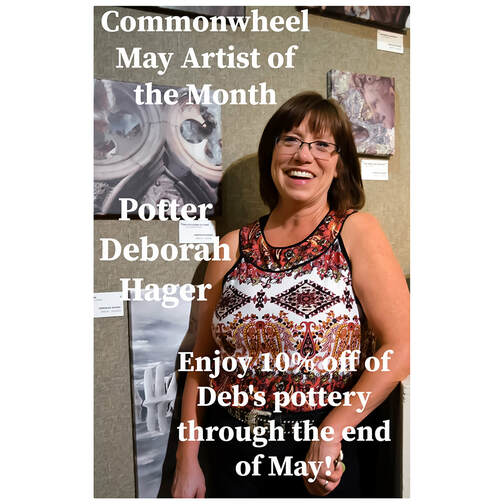







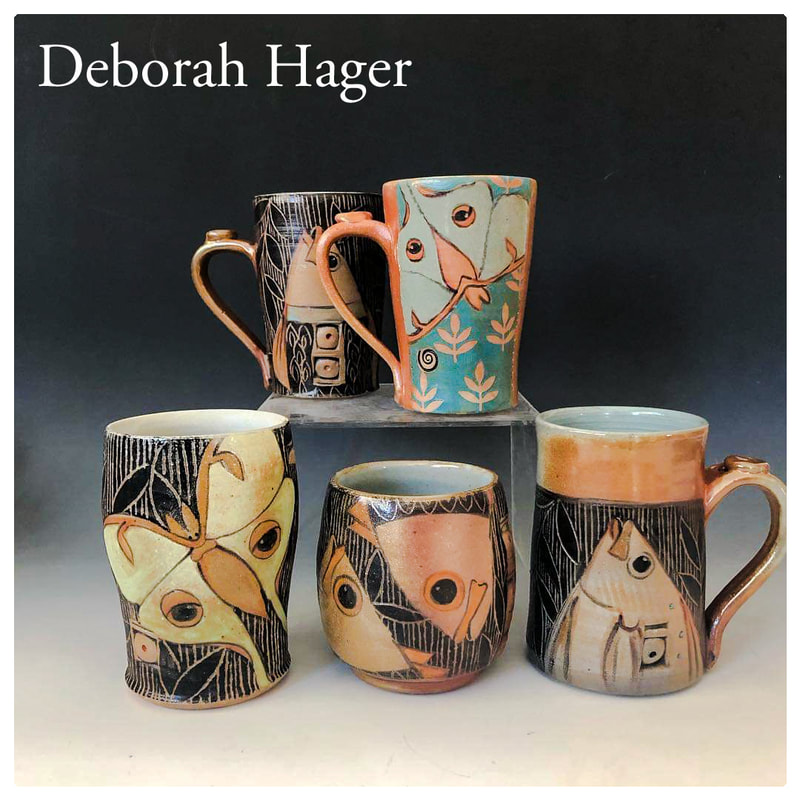

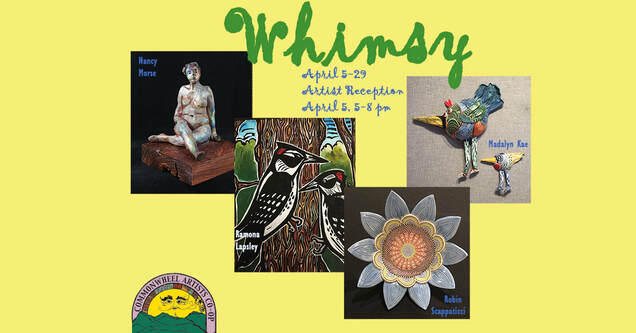
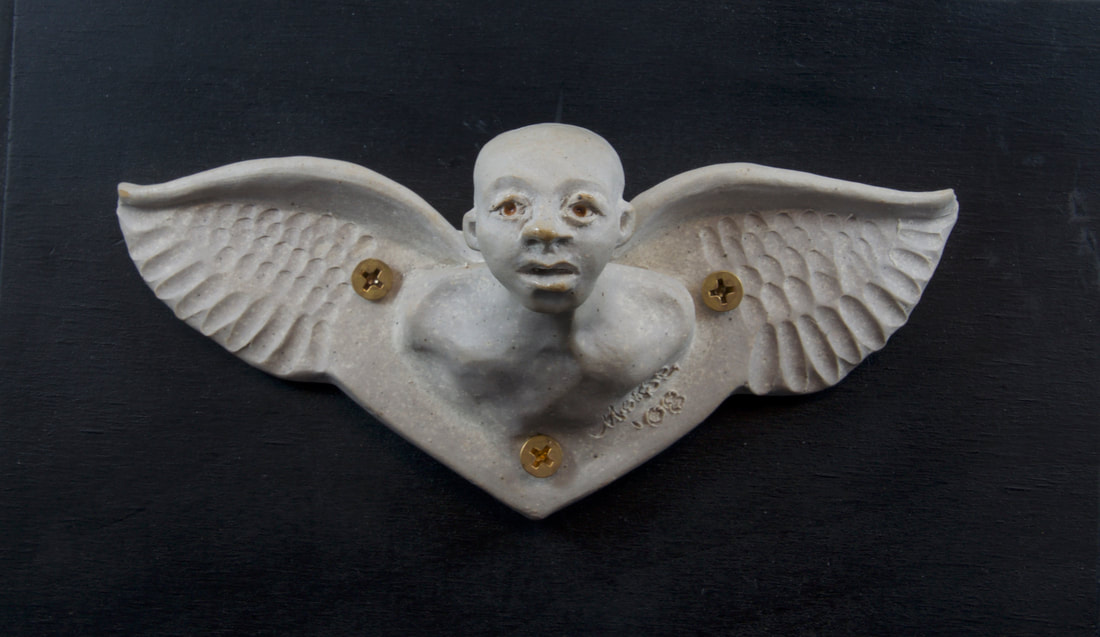




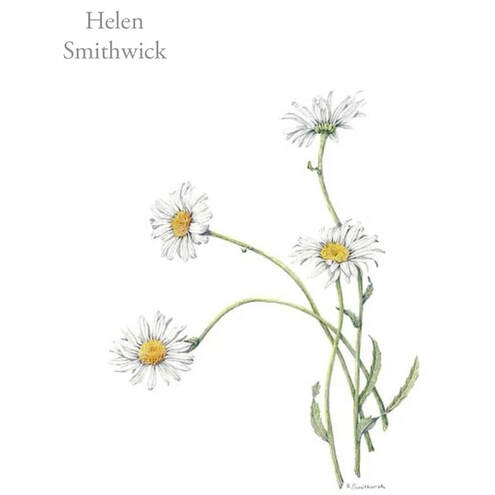
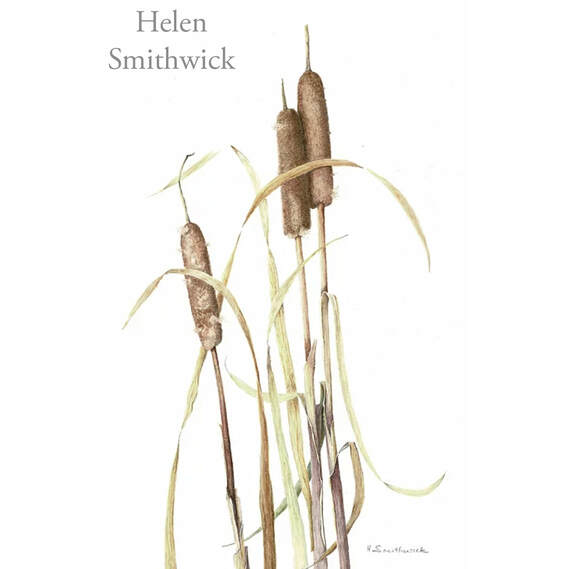
 RSS Feed
RSS Feed